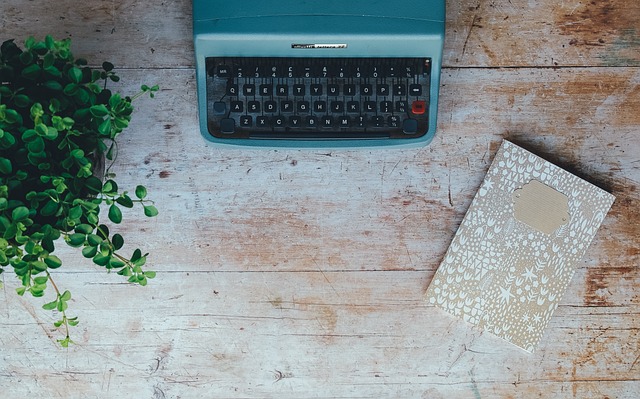Maintaining custom metal furniture requires specialized care due to its intricate designs, diverse materials, and unique construction techniques. Regular cleaning with mild solutions, polishing, and protection against moisture and corrosion extend its lifespan. Repairs, such as welding or soldering, should be done by professionals who can restore the piece's glossy finish while preserving its structural integrity. Outsourcing maintenance ensures your custom metal furniture receives top-tier care, maintaining its beauty and value over time.
Custom metal furniture adds a touch of elegance and uniqueness to any space, but its longevity requires dedicated care. This article explores the essential practices for maintaining and repairing these exquisite pieces, ensuring they remain in top condition for years to come. From understanding the challenges unique to custom metal furniture to implementing effective cleaning strategies and mastering repair techniques, this guide equips you with the knowledge to preserve these valuable assets. Discover why outsourcing maintenance to professionals is key to extending their lifespan.
Understanding the Unique Challenges of Custom Metal Furniture
Custom metal furniture, while stunning and unique, presents specific challenges that require tailored care. Unlike mass-produced pieces, each custom creation involves intricate designs, diverse materials, and often complex construction techniques. These factors can make maintenance more involved. For instance, certain metals may require specialized cleaning solutions to prevent discoloration or corrosion, especially if the furniture pieces feature intricate etching or plating.
Additionally, custom metal furniture may have moving parts or intricate joints that demand regular lubrication to ensure smooth operation. The specific care needed depends on the material and design, making it crucial to understand your piece’s unique needs. Proper maintenance not only preserves the aesthetics but also extends the lifespan of these valuable investments.
Essential Components of Regular Maintenance for Longevity
Regular maintenance is key to preserving the beauty and integrity of your custom metal furniture over time. Firstly, a thorough cleaning routine is essential to remove any built-up dust, dirt, or grime that can weaken the surface finish. Use mild, non-abrasive cleaners suitable for metal to avoid scratching or damaging the intricate designs. Regular polishing also plays a vital role in protecting the metal from corrosion and oxidization, enhancing its lustre and extending its lifespan.
Additionally, checking for any signs of damage, wear, or loose parts is crucial. Promptly addressing minor issues like bent frames, loose screws, or chipped paint prevents them from escalating into more significant repairs. Lubrication of moving parts, such as hinges or slides, ensures smooth operation and prevents stiffening or jamming, further contributing to the longevity of your custom metal furniture.
Strategies for Effective Cleaning and Corrosion Prevention
Keeping your custom metal furniture in top condition requires a proactive approach to cleaning and corrosion prevention. Regular, gentle cleaning with mild soap and warm water is essential to remove dust and dirt buildup. Avoid aggressive scrubbers or harsh chemicals that can damage the metal finish. After cleaning, promptly dry the surface thoroughly to prevent moisture from causing rust or corrosion.
For added protection, consider applying a high-quality wax or sealant specifically designed for metal furniture. This creates a protective barrier against environmental elements, pollutants, and UV rays, prolonging the life of your custom pieces. Regularly reapply the wax or sealant as recommended by the manufacturer to ensure optimal performance and maintain that vibrant, lustrous look.
Common Repair Techniques for Different Types of Metal
Custom metal furniture requires specialized care and repair techniques due to its unique properties and designs. One common approach involves welding, which is ideal for fixing structural issues or reattaching detached parts. This method is particularly useful for iron and steel furniture, allowing for robust repairs that match the original integrity of the piece.
For lighter metals like aluminium or brass, soldering and brazing are popular choices. These techniques involve melting a filler metal to join or repair broken components, ensuring minimal disruption to the furniture’s aesthetic appeal. Additionally, polishing and buffing are essential finishing processes for custom metal furniture, restoring its glossy finish and enhancing its visual allure after repairs.
The Benefits of Outsourcing to Professionals for Continuous Care
Outsourcing maintenance and repair services to professionals offers numerous advantages for owners of custom metal furniture. By entrusting this task to experts, you benefit from their specialized knowledge and experience in caring for intricate metal pieces. Professionals have access to high-quality tools and materials that can be hard for homeowners to procure, ensuring your furniture receives the best possible care.
Regular upkeep by professionals extends the lifespan of your custom metal furniture, preserving its beauty and value. They can identify subtle issues early on, preventing them from escalating into costly repairs. Moreover, professionals understand how to handle different types of metals and finishes, ensuring your furniture stays in top condition for years to come.
Maintaining custom metal furniture is an investment in both its longevity and aesthetic appeal. By understanding the unique challenges these pieces face, implementing regular maintenance routines, adopting effective cleaning and corrosion prevention strategies, and leveraging professional repair techniques, you can ensure your custom metal furniture stays in top condition for years to come. Outsourcing ongoing care to experts further guarantees optimal performance and value, allowing you to truly appreciate the beauty of your metal creations.
